Ouse Valley Viaduct: A Hidden Gem 40 Minutes Away From Kent With A Fascinating Optical Illusion
The Ouse Valley Viaduct, also known as the Balcombe Viaduct, is a beautiful bridge that carries trains on the London-Brighton Railway Line over the River Ouse in Sussex.
This viaduct is located between Haywaeds Heath and Balcombe.
It is often called “the most elegant viaduct in Britain” due to its stunning design.
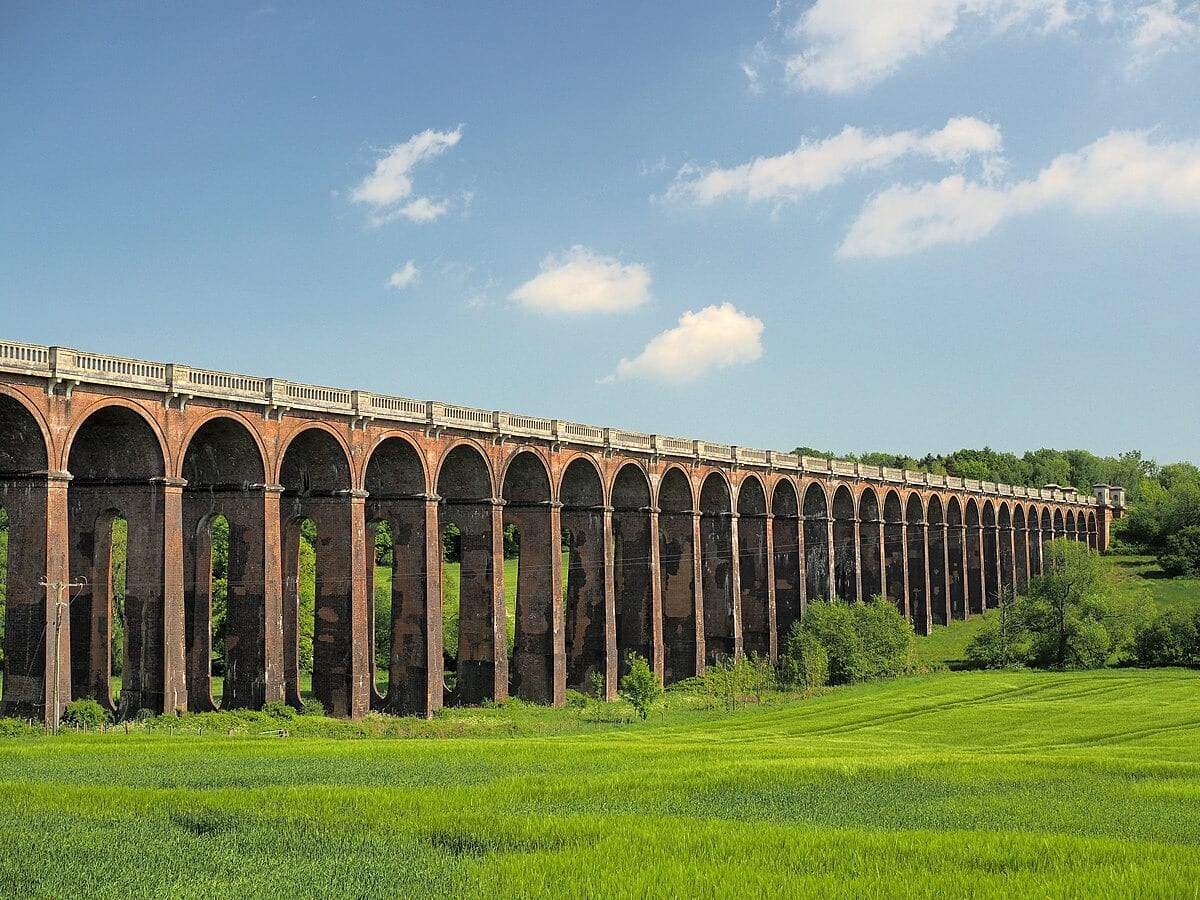
When Was The Viaduct Built?
The construction of the Ouse Valley Viaduct started in 1839 under the auspices of the London & Brighton Railway Company.
The viaduct was the brainchild of John Urpeth Rastrick, the principal engineer for the line, with the ornate stonework often attributed to David Mocatta.
Benjamin Baylis was the contractor responsible for building it.
The viaduct cost £38,500 to build, which is about £4.42 million today.
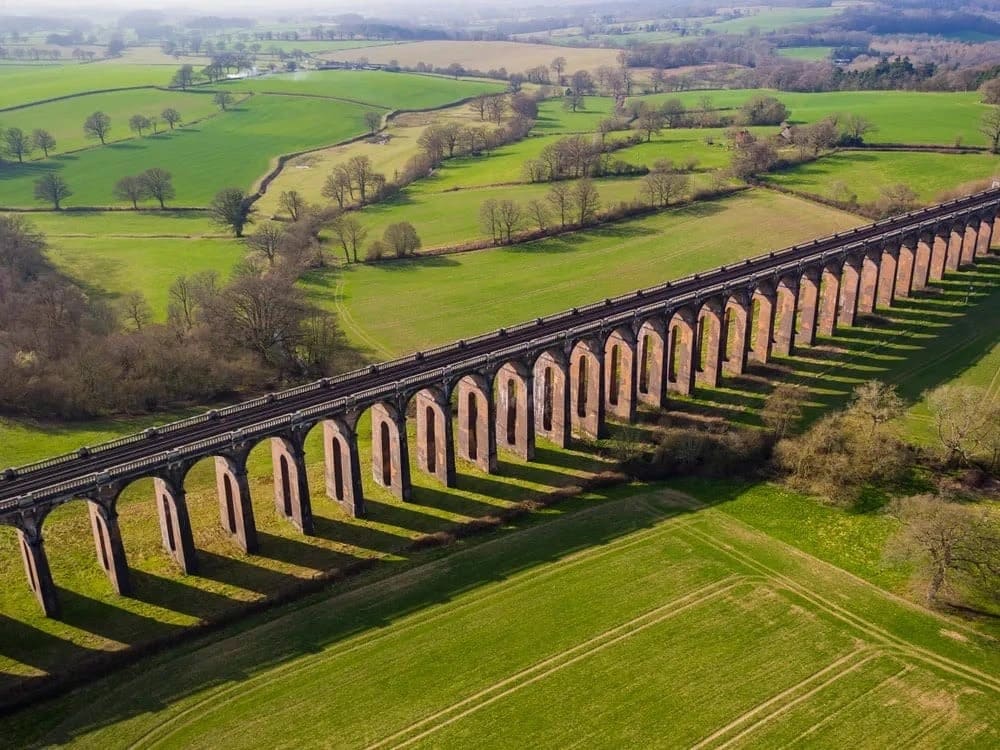
Challenges during Construction
The construction of the viaduct was part of a larger project that included the creation of four tunnels and two viaducts to navigate the hilly terrain between London and Brighton.
The Act of Parliament passed in July 1837 allowed the London & Brighton Railway Company to commence work, which began in July 1838.
By December 1840, the core construction was complete, with the final arch keyed in place in the presence of engineers and visitors.
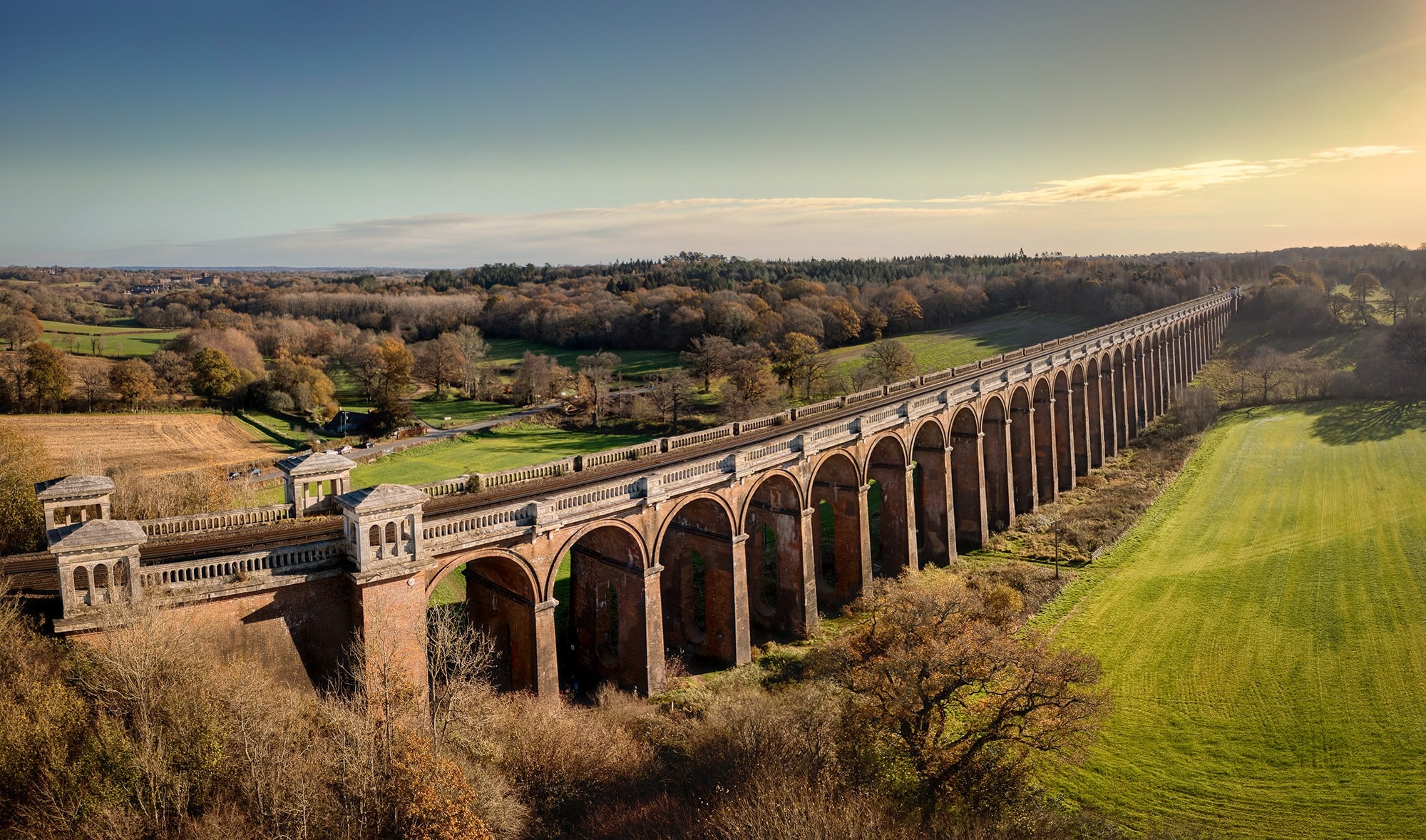
The viaduct was officially opened to trains on July 12, 1841.
Over the years, it has needed several repairs due to wear and tear.
The first major restoration was in the 1890s, and another extensive renovation took place from 1996 to 1999.
These repairs were funded by Railtrack, the Railway Heritage Trust, English Heritage, and West Sussex County Council.
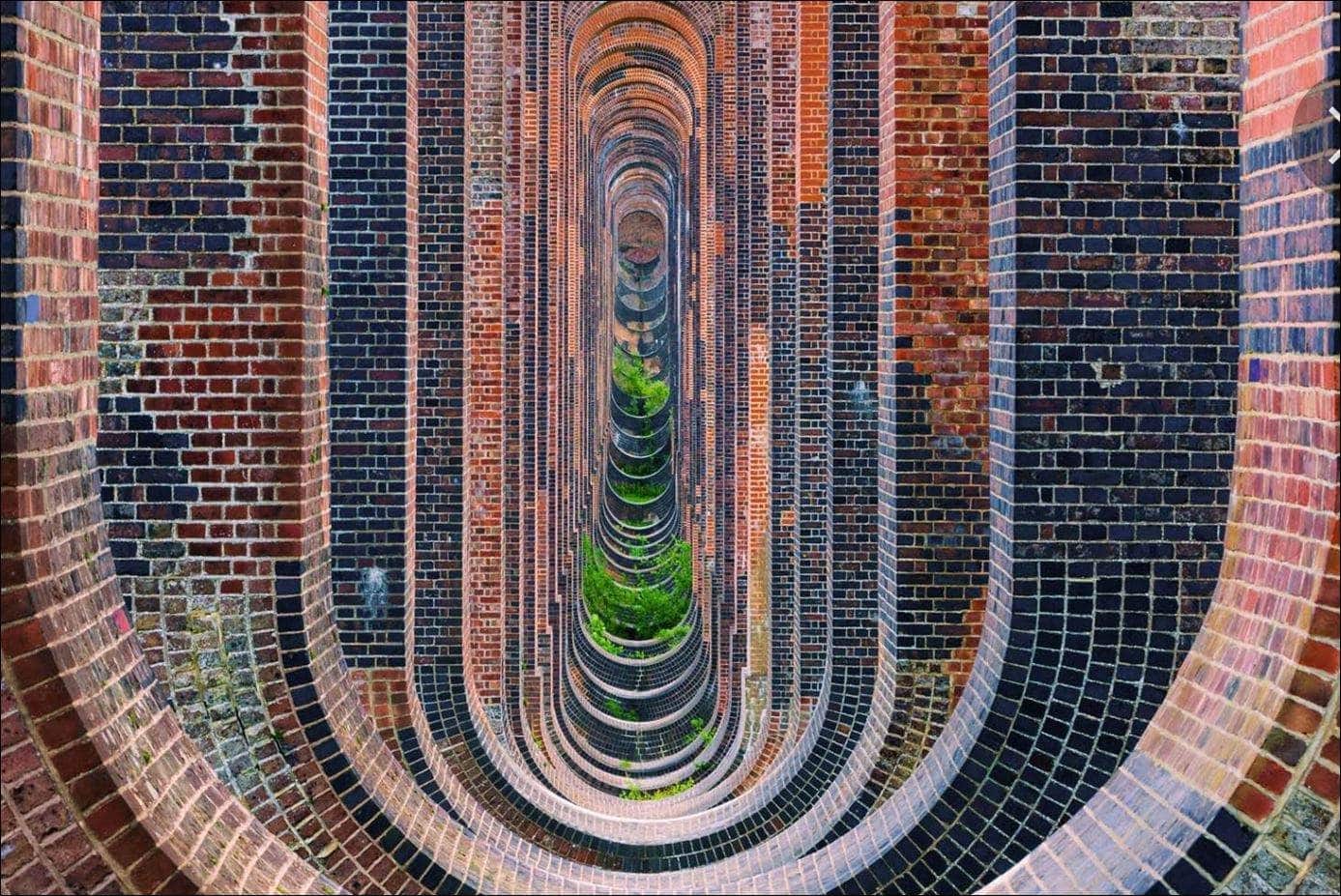
Architecture of the Viaduct
The viaduct is 1,480 feet (450 meters) long and 96 feet (29 meters) high.
It has 37 semi-circular arches, each 30 feet (9.1 meters) wide.
The structure is made from red bricks and topped with smooth limestone.
Each pier has vertical voids that make the structure appear slender and elegant.
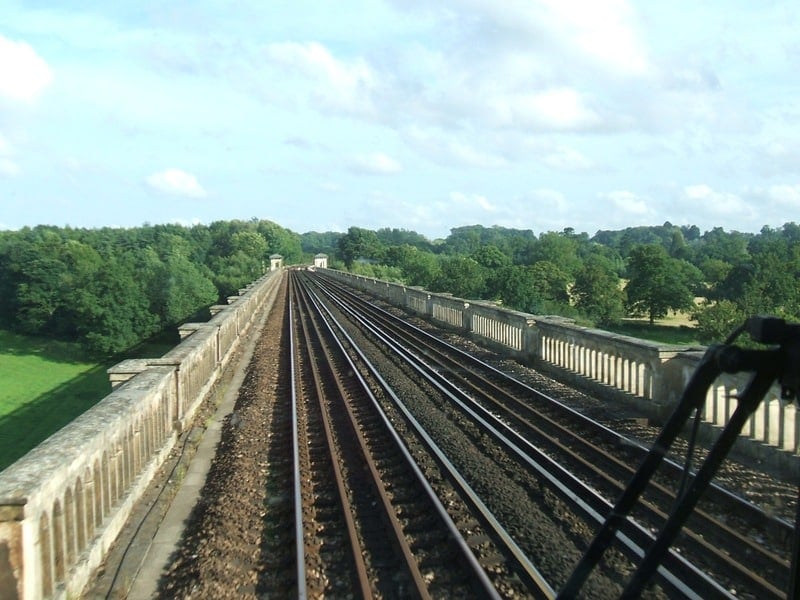
Contemporary reports and meeting minutes from the London & Brighton Railway Company indicate that the bricks were produced locally, not imported from the Netherlands as some stories suggest.
The Caen stone used for the balustraded parapets and pavilions was sourced from Normandy, France, shipped to Newhaven, and transported up the River Ouse.
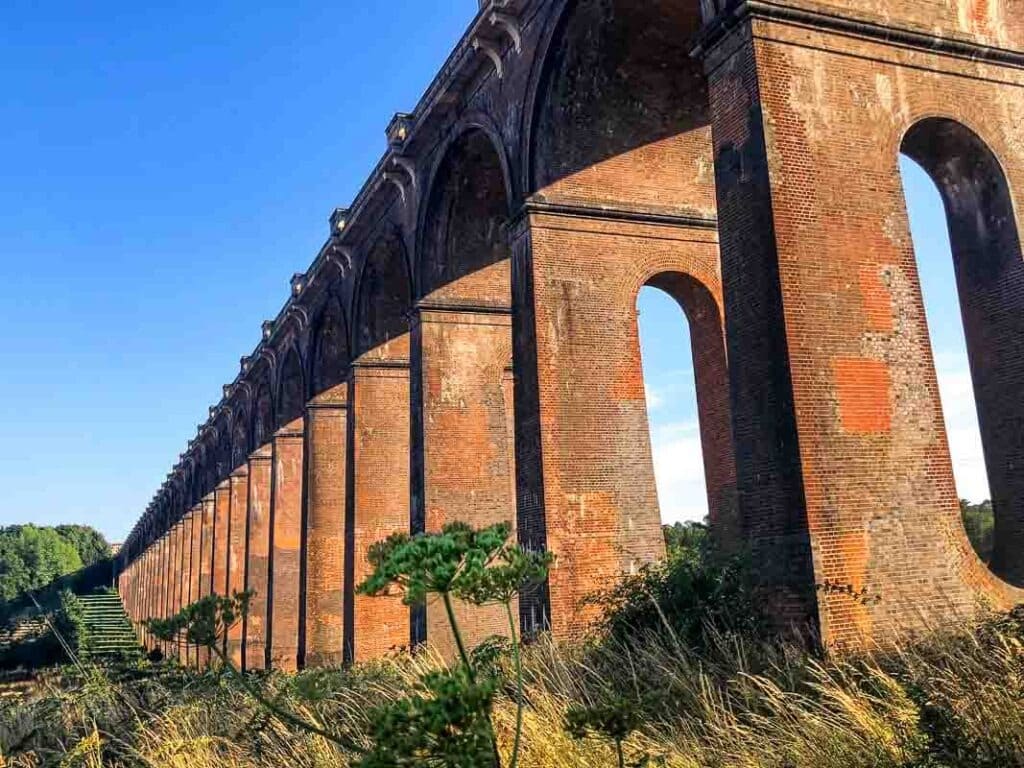
The Ouse Valley Viaduct, A Landmark Need Preserving
In 1983, the Ouse Valley Viaduct was designated a Grade II* listed structure, recognizing its importance and ensuring its preservation.
The listing has ensured that all restoration and maintenance work adheres to strict guidelines to preserve its integrity.
The most recent restoration work was done in 2023 by Octavius and AW Group on behalf of Network Rail.
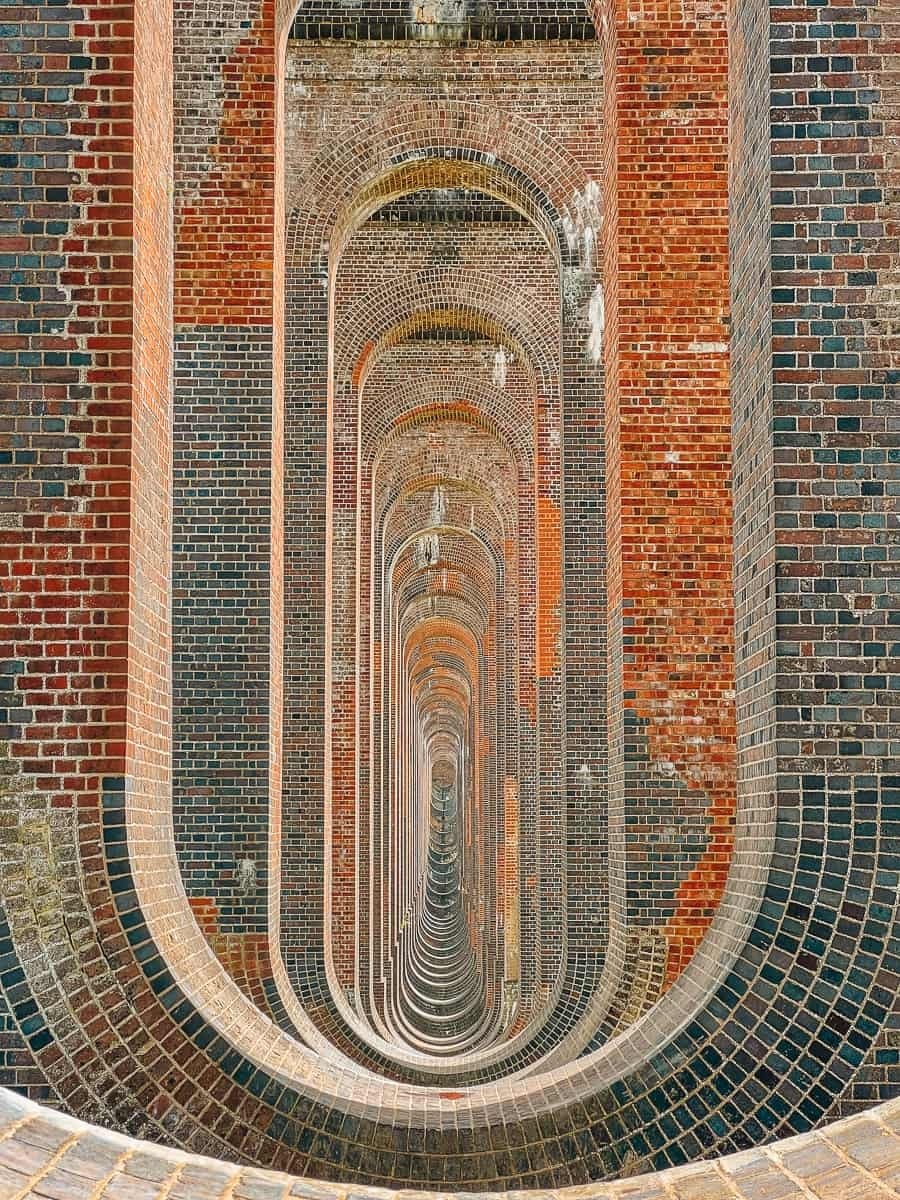
Is the Ouse Valley Viaduct still in use?
The Ouse Valley Viaduct is still in use today.
It carries trains between London and Brighton.
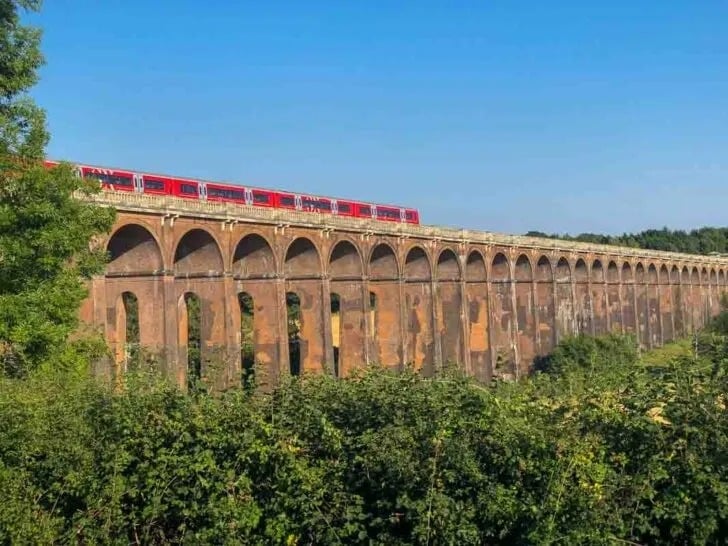
Why Is The Viaduct Famous?
The Ouse Valley Viaduct is more than just a bridge; it is a masterpiece of Victorian engineering.
Many people visit to see its stunning arches and take photographs.
The viaduct’s 37 arches create a mesmerizing optical illusion, especially when viewed from the surrounding fields.
Trainspotters and photographers find it a perfect spot to capture the beauty of the trains passing over it.

